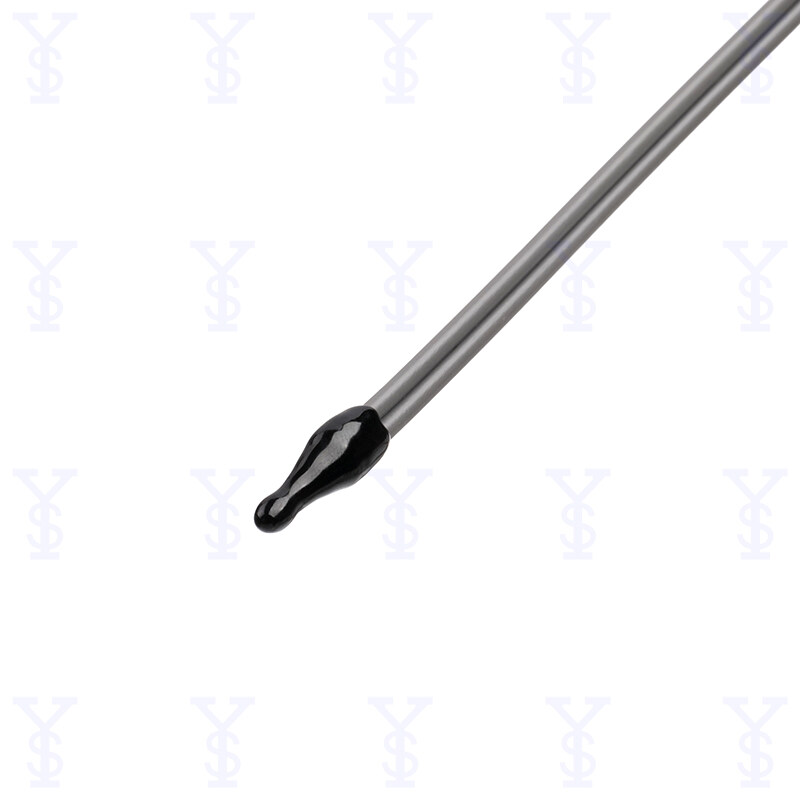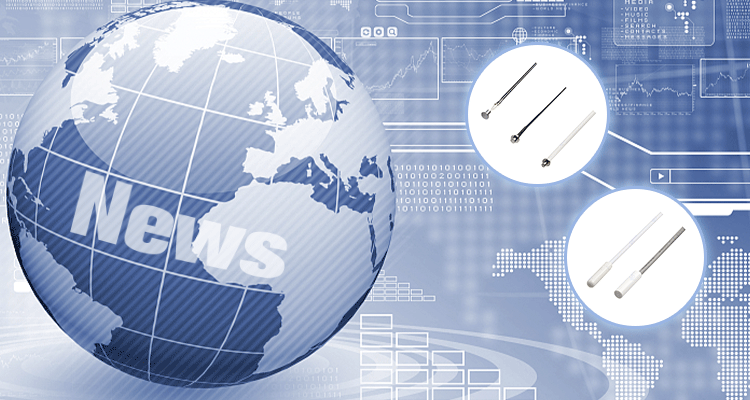Email format error
Email cannot be empty
Email already exists
6-20 characters(letters plus numbers only)
The password is inconsistent
Email format error
Email cannot be empty
Email does not exist
6-20 characters(letters plus numbers only)
The password is inconsistent


Temperature Sensor in Greenhouse: Enhancing Climate Control for Optimal Growth
In the realm of modern agriculture, the greenhouse has become a symbol of innovation and efficiency. By creating controlled environments, greenhouses enable farmers to cultivate crops year-round, regardless of external weather conditions. One of the key components in maintaining this delicate balance is the temperature sensor in greenhouse settings. This small but powerful device plays a crucial role in monitoring and regulating the internal climate, ensuring optimal growing conditions for a variety of plants.
The Importance of Temperature Control in Greenhouses
Temperature control is vital for the health and productivity of plants. Inconsistent temperatures can lead to a range of problems, from stunted growth to pest infestations. A temperature sensor in greenhouse systems helps maintain a stable environment by providing real-time data that can be used to adjust heating, cooling, and ventilation systems.
Impact on Plant Growth
Plants are highly sensitive to temperature fluctuations. Too much heat can cause wilting and stress, while too little can slow down metabolic processes and impede growth. By using a temperature sensor in greenhouse environments, farmers can ensure that their crops are always in the ideal temperature range for growth and development.
Energy Efficiency
Maintaining the correct temperature in a greenhouse is not only beneficial for plant health but also for energy efficiency. Heating and cooling systems can consume a significant amount of energy. With precise data from a temperature sensor in greenhouse settings, these systems can operate more efficiently, reducing energy costs and environmental impact.
Types of Temperature Sensors Used in Greenhouses
There are several types of temperature sensors that can be used in greenhouses, each with its own advantages and applications.
Thermocouples
Thermocouples are a popular choice for greenhouse applications due to their wide temperature range and durability. These sensors measure temperature by producing a voltage in response to the temperature difference between two dissimilar metals. They are highly accurate and can be used in various parts of the greenhouse to provide a comprehensive temperature profile.
Resistance Temperature Detectors (RTDs)
RTDs are known for their accuracy and stability. They measure temperature by correlating the resistance of the RTD element with temperature. RTDs are often used in greenhouses for precise temperature measurements, especially in critical areas such as near young seedlings or sensitive plants.
Thermistors
Thermistors are temperature-sensitive resistors that offer high sensitivity over a limited temperature range. They are ideal for applications where small changes in temperature need to be detected quickly. In greenhouses, thermistors can be used to monitor specific zones where rapid temperature fluctuations might occur.
Infrared Sensors
Infrared sensors measure temperature by detecting the infrared radiation emitted by objects. These sensors are non-contact and can measure the temperature of plant leaves and soil surfaces. This makes them particularly useful in greenhouses for monitoring the microclimate around the plants.
Installing and Calibrating Temperature Sensors in Greenhouses
Proper installation and calibration of temperature sensors are essential to ensure accurate readings and effective climate control.
Placement of Sensors
The placement of temperature sensors in greenhouse environments is critical. Sensors should be positioned at various heights and locations to get an accurate representation of the overall temperature. Key areas include:
- Near the plant canopy to monitor the temperature experienced by the plants.
- At ground level to measure soil temperature.
- Near ventilation and heating systems to ensure these systems are functioning correctly.
Calibration Procedures
Regular calibration of temperature sensors is necessary to maintain accuracy. This involves comparing the sensor readings with a known standard and making adjustments as needed. Calibration should be done periodically and after any significant environmental changes or maintenance work.
Integrating Temperature Sensors with Climate Control Systems
Modern greenhouses often use automated climate control systems that rely on data from temperature sensors to make real-time adjustments.
Automated Climate Control
Automated systems can adjust heating, cooling, and ventilation based on the data received from temperature sensors. For example, if the temperature sensor in greenhouse detects a rise in temperature, the system can activate fans or open vents to cool the space. Conversely, if the temperature drops, the system can turn on heaters to maintain the desired temperature.
Data Logging and Analysis
Temperature sensors can also be integrated with data logging systems to record temperature data over time. This data can be analyzed to identify trends and make informed decisions about climate control strategies. Historical data can help farmers optimize their greenhouse environment for different seasons and crop cycles.
Benefits of Using Temperature Sensors in Greenhouses
The use of temperature sensors in greenhouses offers numerous benefits, including improved plant health, increased yields, and energy savings.
Enhanced Plant Health and Yield
By maintaining optimal temperature conditions, temperature sensors help promote healthy plant growth and higher yields. Plants that grow in a stable environment are less likely to experience stress and are more resistant to diseases and pests.
Energy Efficiency and Cost Savings
Accurate temperature monitoring allows for more efficient use of heating and cooling systems, leading to significant energy savings. This not only reduces operational costs but also minimizes the environmental impact of greenhouse operations.
Improved Crop Management
Temperature sensors provide valuable data that can be used to fine-tune crop management practices. Farmers can adjust planting schedules, irrigation, and fertilization based on the temperature data, leading to better resource utilization and improved crop quality.
Challenges and Considerations
While the benefits of using temperature sensors in greenhouses are clear, there are also challenges and considerations to keep in mind.
Sensor Accuracy and Reliability
The accuracy and reliability of temperature sensors are paramount. Inaccurate readings can lead to poor climate control decisions, negatively impacting plant health. Regular maintenance and calibration are necessary to ensure sensor performance.
Integration with Existing Systems
Integrating temperature sensors with existing greenhouse systems can be complex. It requires careful planning and sometimes upgrading or replacing outdated equipment. Farmers need to ensure that all components of the climate control system are compatible and can communicate effectively.
Cost of Implementation
While temperature sensors can lead to long-term savings, the initial cost of purchasing and installing the sensors and associated systems can be significant. Farmers need to consider the return on investment and how quickly the benefits will offset the initial costs.
Future Trends in Greenhouse Temperature Monitoring
The technology for temperature monitoring in greenhouses is continually evolving, with several exciting trends on the horizon.
Advanced Sensor Technology
Advancements in sensor technology are making temperature sensors more accurate, reliable, and affordable. New materials and manufacturing techniques are improving the performance of sensors, making them suitable for a wider range of applications.
Internet of Things (IoT) Integration
The integration of temperature sensors with IoT technology is revolutionizing greenhouse management. IoT-enabled sensors can provide real-time data to cloud-based platforms, allowing farmers to monitor and control their greenhouse environment from anywhere in the world.
Artificial Intelligence and Machine Learning
Artificial intelligence (AI) and machine learning (ML) are being used to analyze temperature data and optimize climate control strategies. These technologies can predict temperature trends and suggest adjustments to maintain optimal conditions, further enhancing the efficiency and productivity of greenhouses.
Conclusion
The use of a temperature sensor in greenhouse environments is a game-changer for modern agriculture. These sensors provide critical data that enables precise climate control, leading to healthier plants, higher yields, and more efficient use of resources. As technology continues to advance, the integration of temperature sensors with automated and intelligent systems will further enhance the capabilities of greenhouses, making them even more effective and sustainable.
By investing in temperature sensors and embracing the latest trends in climate control technology, farmers can ensure that their greenhouses remain productive and efficient, meeting the growing demand for high-quality produce in a sustainable manner.

